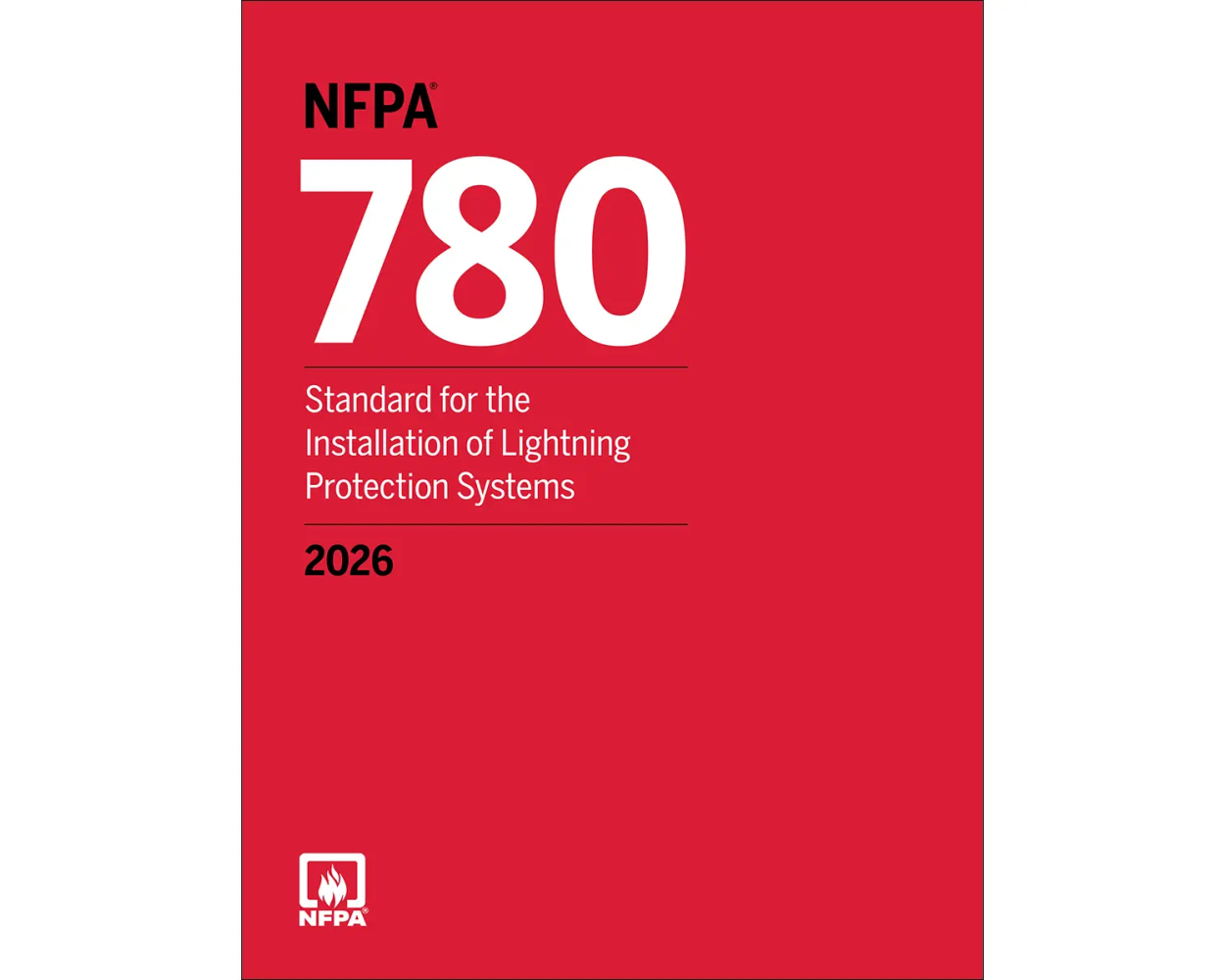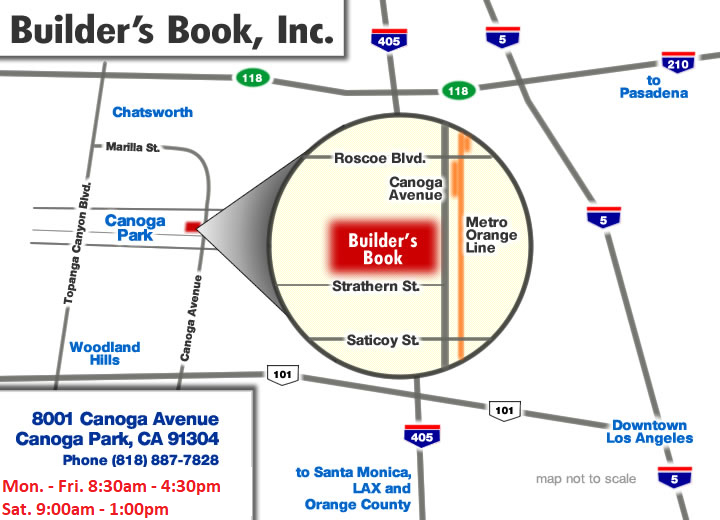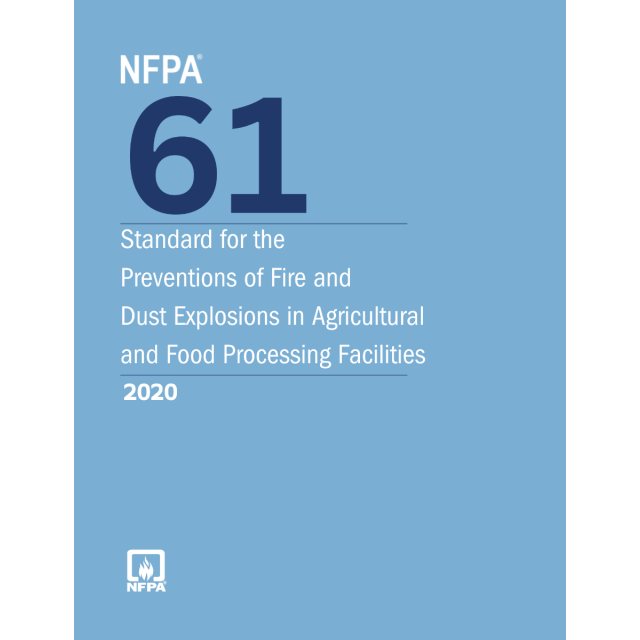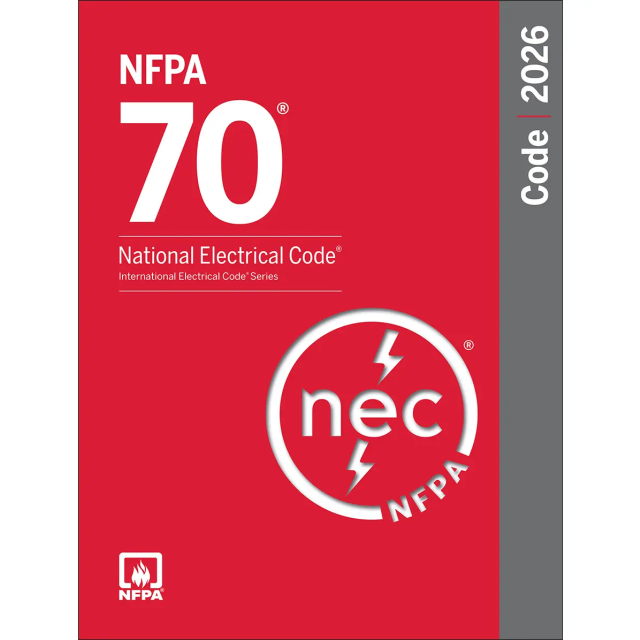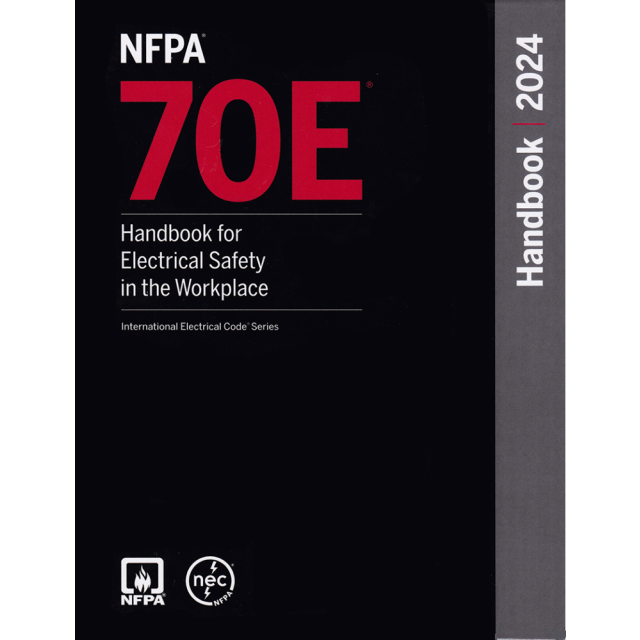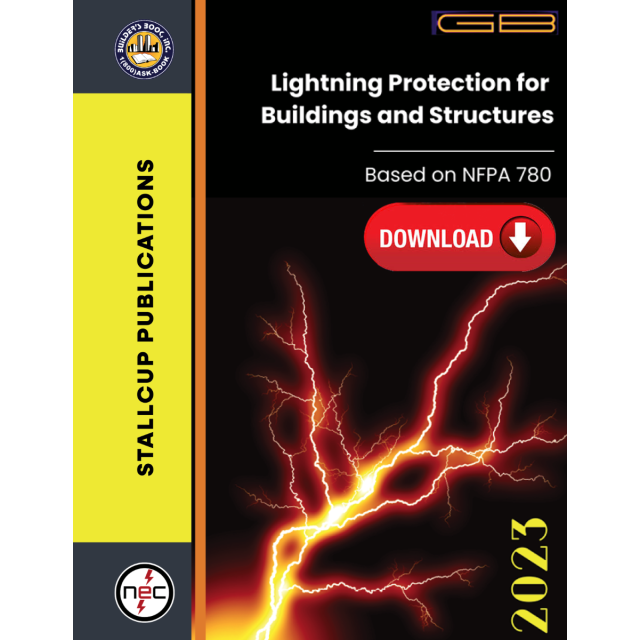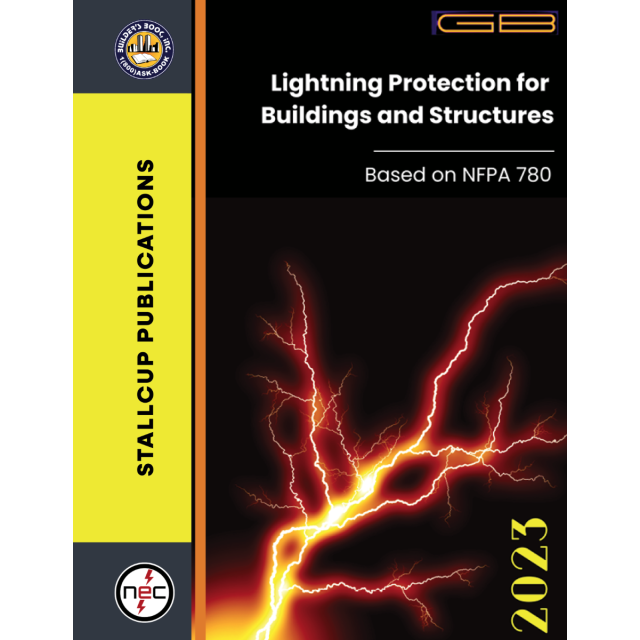NFPA 780, Standard for the Installation of Lightning Protection Systems
Keep pace with the most current information and requirements of lightning installation for safer and more effective systems.
An industry benchmark document for lightning safety for over a century, NFPA 780, Standard for the Installation of Lightning Protection Systems, provides a comprehensive resource for helping to safeguard lives and property from fire and related dangers associated with lightning events
It includes detailed provisions of protection methods, devices, and safety challenges in lightning protection systems. NFPA 780 also delivers a flexible approach to providing applicable safety protocols for lightning hazards based on the use of the building or structure. From work requirements and informative annexes to illustrated figures and updated definitions, this essential standard is perfect for facility managers, installers, inspectors, and authorities having jurisdiction.
The 2026 edition of the standard features the following changes and updates:
- Terms have been correlated and requirements clarified throughout.
- Requirements have been added to address athletic scoreboards.
- Revisions have been made in Chapter 10 to watercraft zone of protection and to protect carbon fiber masts.
- Annex N has been revised to further clarify the concerns with nonmetallic tanks.
Table of Contents
Chapter 1 Administration1.1 Scope.
1.2 Purpose.
1.3 Listed, Labeled, or Approved Components.
1.4 Retroactivity.
1.5 Mechanical Execution of Work.
1.6 Maintenance.
1.7 Periodic Inspection.
1.8 Units of Measurement.
Chapter 2 Referenced Publications2.1 General.
2.2 NFPA Publications.
2.3 Other Publications.
2.4 References for Extracts in Mandatory Sections.
Chapter 3 Definitions3.1 General.
3.2 NFPA Official Definitions.
3.3 General Definitions.
Chapter 4 General Requirements4.1 General.
4.2 Materials.
4.3 Corrosion Protection.
4.4 Mechanical Damage or Displacement.
4.5 Strike Termination Devices.
4.6 Strike Termination Devices on Roofs.
4.7 Zones of Protection.
4.8 Conductors.
4.9 Conductor Fasteners.
4.10 Masonry Anchors.
4.11 Connectors.
4.12 Grounding Electrodes.
4.13 Common Bonding of Grounded Systems.
4.14 Potential Equalization.
4.15 Bonding of Metal Bodies.
4.16 Metal Antenna Masts and Supports.
4.17 Concealed Systems.
4.18 Structural Metallic Systems.
4.19 Surge Protection.
Chapter 5 Protection for Miscellaneous Structures and Special Occupancies5.1 General.
5.2 Masts, Spires, Flagpoles.
5.3 Facilities That Handle or Process Combustible or Explosive Dust.
5.4 Metal Towers and Tanks.
5.5 Air-Inflated Structures.
5.6 Concrete Tanks and Silos.
5.7 Guyed Structures.
5.8 Rooftop Helipads.
5.9 Fabric Structures.
5.10 Outdoor Athletic Scoreboards.
Chapter 6 Protection for Heavy-Duty Stacks6.1 General.
6.2 Materials.
6.3 Strike Termination Devices.
6.4 Conductors.
6.5 Fasteners.
6.6 Splices.
6.7 Reinforced Concrete Stacks.
6.8 Bonding of Metal Bodies.
6.9 Grounding.
6.10 Metal Stacks.
6.11 Metal Guy Wires and Cables.
Chapter 7 Protection for Structures Containing Flammable Vapors, Flammable Gases, or Liquids That Can Give Off Flammable Vapors7.1 Applicability.
7.2 Principles of Protection.
7.3 Protective Measures.
7.4 Operating Facilities (Non-Storage Applications).
7.5 Storage Tanks Under Pressure.
7.6 Aboveground Tanks at Atmospheric Pressure.
7.7 Earthen Containers at Atmospheric Pressure Containing Flammable Vapors or Liquids That Give Off Flammable Vapors.
7.8 Tank Batteries.
Chapter 8 Protection of Structures Housing Explosive Materials8.1 Application.
8.2 General.
8.3 Types of Lightning Protection.
8.4 Grounding.
8.5 Bonding.
8.6 Surge Protection.
8.7 Protection for Specific Facilities.
8.8 Maintenance and Inspection Plan.
8.9 Inspection, Testing, and Maintenance.
Chapter 9 Protection for Wind Turbines9.1 General.
9.2 Fundamental Principles of Protection.
9.3 Protection of Electrical and Mechanical Control Systems.
9.4 Grounding.
Chapter 10 Protection for Watercraft10.1 General.
10.2 Materials.
10.3 Strike Termination.
10.4 Conductors.
10.5 Grounding.
Chapter 11 Protection for Airfield Lighting Circuits11.1 General.
11.2 Application.
11.3 Purpose.
11.4 Airfield Lighting Counterpoise System.
Chapter 12 Protection for Solar Arrays12.1 General.
12.2 Fundamental Principles of Protection.
12.3 Strike Termination Devices.
12.4 Protection of Electrical and Mechanical Systems.
12.5 Grounding.
Annex A Explanatory Material
Annex B Principles of Lightning Protection
Annex C Explanation of Bonding Principles
Annex D Inspection and Maintenance of Lightning Protection Systems
Annex E Ground Measurement Techniques
Annex F Protection for Trees
Annex G Protection for Picnic Grounds, Playgrounds, Ball Parks, and Other Open Places
Annex H Protection for Livestock in Fields
Annex I Protection for Parked Aircraft
Annex J Protection of Smart Structures
Annex K Guide to International Standards Dealing with the Selection of SPDs for Use on Photovoltaic (PV) Installations
Annex L Lightning Risk Assessment
Annex M Guide for Personal Safety from Lightning
Annex N Considerations for Nonmetallic Tanks Containing Flammable Vapors or Liquids that Give Off Flammable Vapors
Annex O Informational References
2026 (9781455932108)
2023 (9781455929245)
2020 (9781455923212)
2017 (9781455914210)
| Price | $209.95 |
|---|---|
| Customer Service | We're Here To Help! Call us anytime during our customer service hours... Monday through Friday - 8:30 am to 4:30 pm (Pacific) Order Questions:
TOLL FREE, 800-273-7375 (Outside the U.S. call 818-887-7828). Our Address: 8001 Canoga Avenue Canoga Park, CA 91304 US Phone: 800-275-2665 E-mail: sales@buildersbook.com
|
| Description | Keep pace with the most current information and requirements of lightning installation for safer and more effective systems. An industry benchmark document for lightning safety for over a century, NFPA 780, Standard for the Installation of Lightning Protection Systems, provides a comprehensive resource for helping to safeguard lives and property from fire and related dangers associated with lightning events It includes detailed provisions of protection methods, devices, and safety challenges in lightning protection systems. NFPA 780 also delivers a flexible approach to providing applicable safety protocols for lightning hazards based on the use of the building or structure. From work requirements and informative annexes to illustrated figures and updated definitions, this essential standard is perfect for facility managers, installers, inspectors, and authorities having jurisdiction. The 2026 edition of the standard features the following changes and updates:
Table of Contents Chapter 1 Administration1.1 Scope. Chapter 2 Referenced Publications2.1 General. Chapter 3 Definitions3.1 General. Chapter 4 General Requirements4.1 General. Chapter 5 Protection for Miscellaneous Structures and Special Occupancies5.1 General. Chapter 6 Protection for Heavy-Duty Stacks6.1 General. Chapter 7 Protection for Structures Containing Flammable Vapors, Flammable Gases, or Liquids That Can Give Off Flammable Vapors7.1 Applicability. Chapter 8 Protection of Structures Housing Explosive Materials8.1 Application. Chapter 9 Protection for Wind Turbines9.1 General. Chapter 10 Protection for Watercraft10.1 General. Chapter 11 Protection for Airfield Lighting Circuits11.1 General. Chapter 12 Protection for Solar Arrays12.1 General. Annex A Explanatory Material 2026 (9781455932108) 2023 (9781455929245) 2020 (9781455923212) 2017 (9781455914210) |

